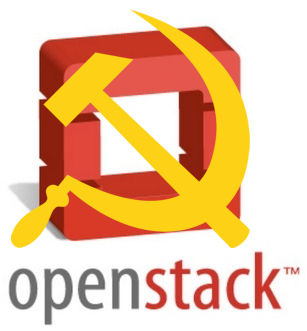Varoon D. Rajani| Ciol
Three aspects of cloud computing which should be considered while calculating ROI on cloud computing adoption Varoon D. Rajani, Founder & President Cloud Computing at BlazeClan Technologies.
Cloud computing ROI is usually discussed in terms of capital expenditure (CapEX) v/s operational expenditure (OpEx). However, is it always right to calculate the ROI on just the CapEx v/s OpEx basis?
It is true that the ability to convert capital expenditure to operational expenditure and thereby reducing upfront investments in hardware and software is a major benefit of public cloud, but there is more to cloud then just simple Rupee/Dollar savings.
Here I put forward three aspects of cloud computing which should be considered while calculating ROI on cloud computing adoption.
Changes to the Application – Efforts and Costs
Cloud computing provides absolute advantage to enterprises looking to deploy web based, large scale applications, but these advantages are not applicable for the enterprise legacy applications.
Legacy applications were designed and developed keeping in mind hardware constraints prevalent at that time. Computing power was low, storage was expensive and network bandwidth was slow. Applications were optimized to run within these limitations.
Cloud computing overcomes all of these constraints and provides virtually infinite computing capabilities and cheap storage and bandwidth. These capabilities come with a possibility to architect the application to be infinitely scalable and fault-tolerant and making back up and DR processes easier.
Before you decide to migrate an application to cloud, you need to do proper due diligence to understand if the application needs to use the capabilities provided by cloud computing.
For example, if the application is to be used locally with a limited set of users you may not want to make any changes, but if the application is consumed by a global base of users in multiple time zones it is recommended to make changes to ensure fault-tolerance and high availability.
There might be some changes required to the basic design and architecture of the application to make use of Cloud’s capabilities. These changes will require time and efforts to enable them for cloud migration. For applications where there are no such requirements, they can be directly fork-lifted from on-premise infrastructure to cloud without changes and low efforts.













